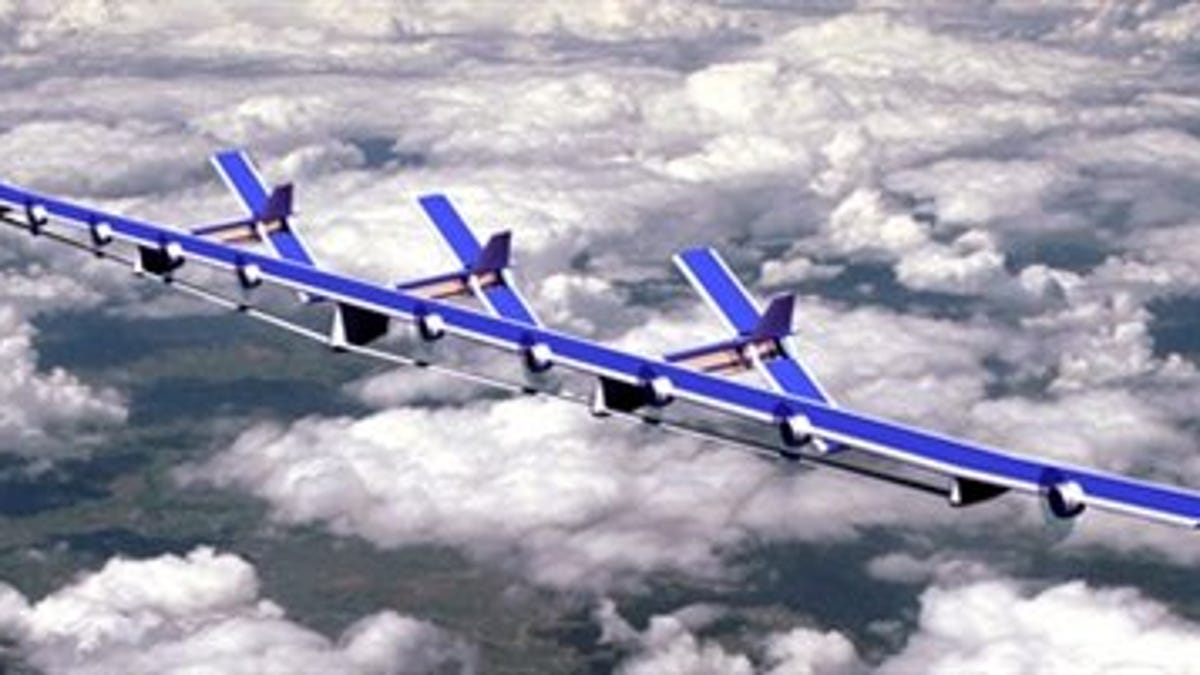Race to develop long-range UAV enters second lap
In project called Vulture II, three teams are vying for DARPA contract to build high-altitude, electric-propelled unmanned demonstrator aircraft.

The race to develop an unmanned aircraft that can stay aloft for five years at a stretch has entered its second phase, where the prize is a $155 million DARPA contract to build a small-scale demonstrator model.
The project, called Vulture II, will pit three defense contractor teams--Aurora Flight Sciences, Boeing, and Lockheed Martin--against one another and the clock for the right to build a small-scale, working version of a high-altitude, electric-propelled UAV capable of remaining aloft and on station for three months.
The Vulture is expected to serve as an electronic sensor and military communications platform, and might eventually emerge as an affordable alternative to communications and reconnaissance satellites.
DARPA specs call for a 5-kilowatt power system and up to a 1,000-pound payload capacity. All three companies propose to power their aircraft with solar power during the day and batteries at night. These aircraft would operate above the clouds from 60,000 to 90,000 feet, and must be able to withstand jet stream-power winds typically found at those altitudes.